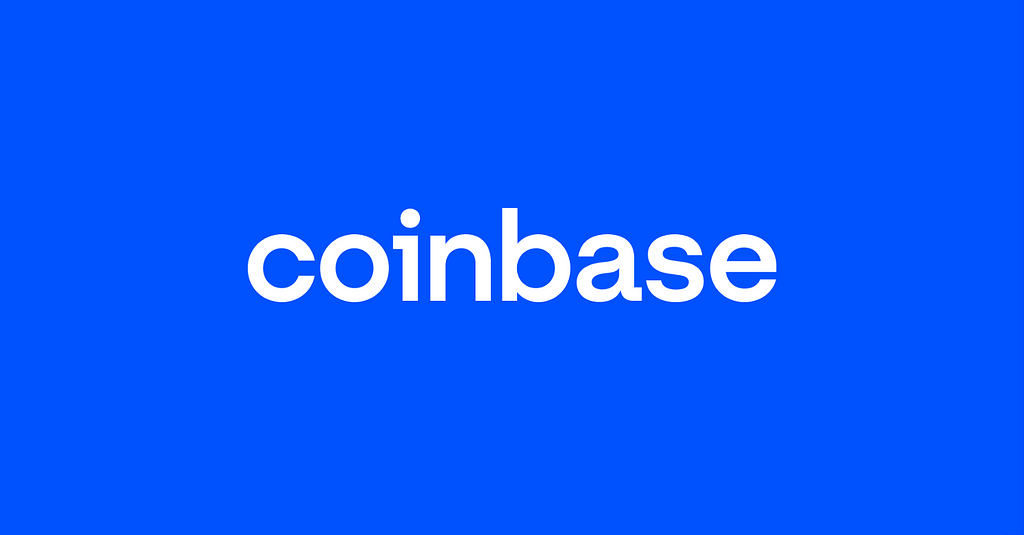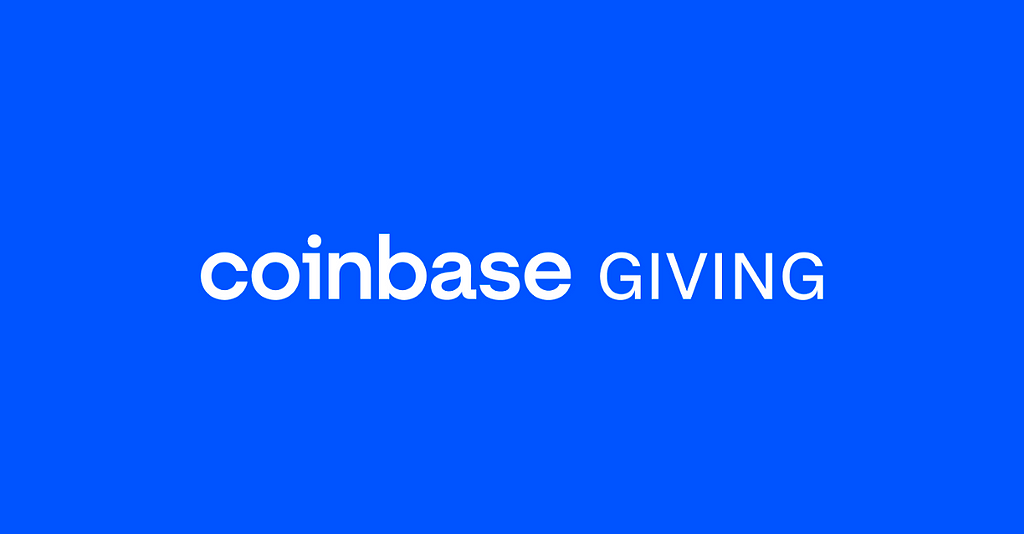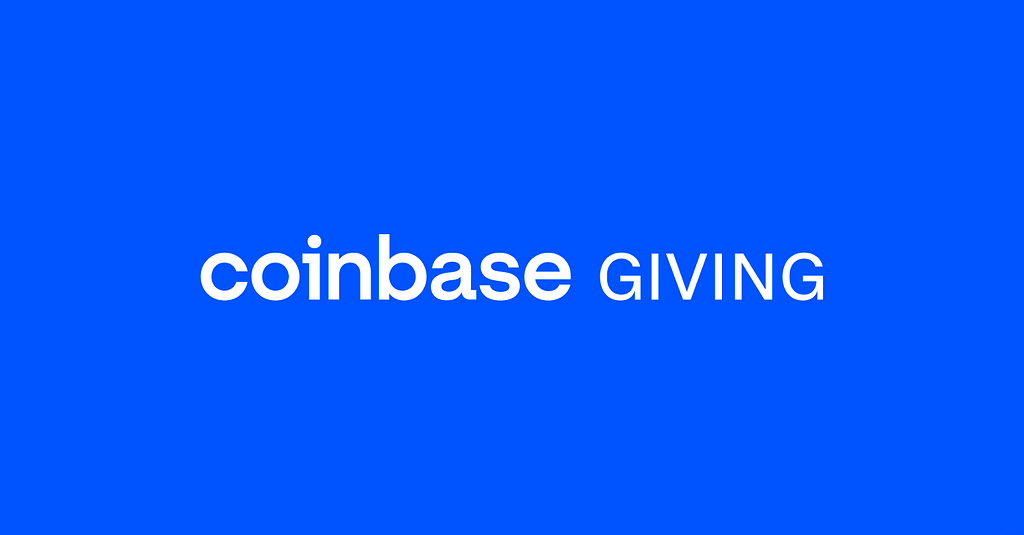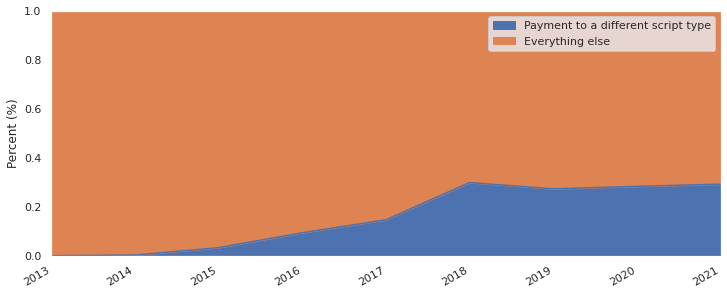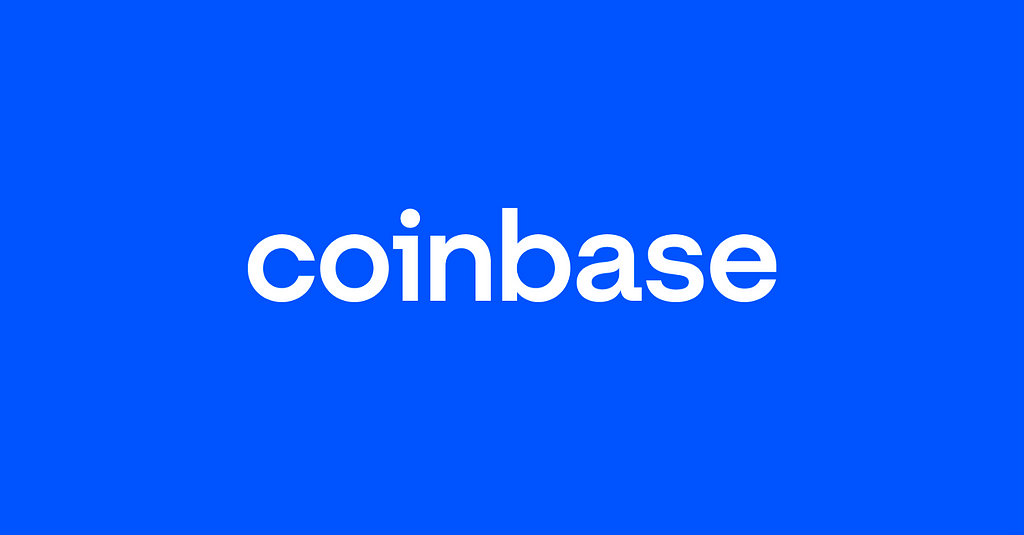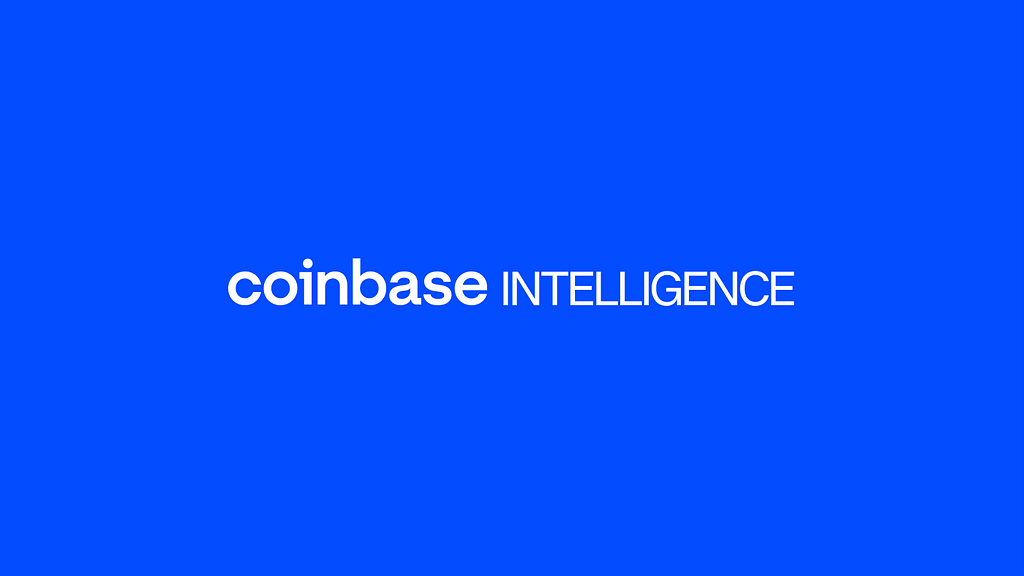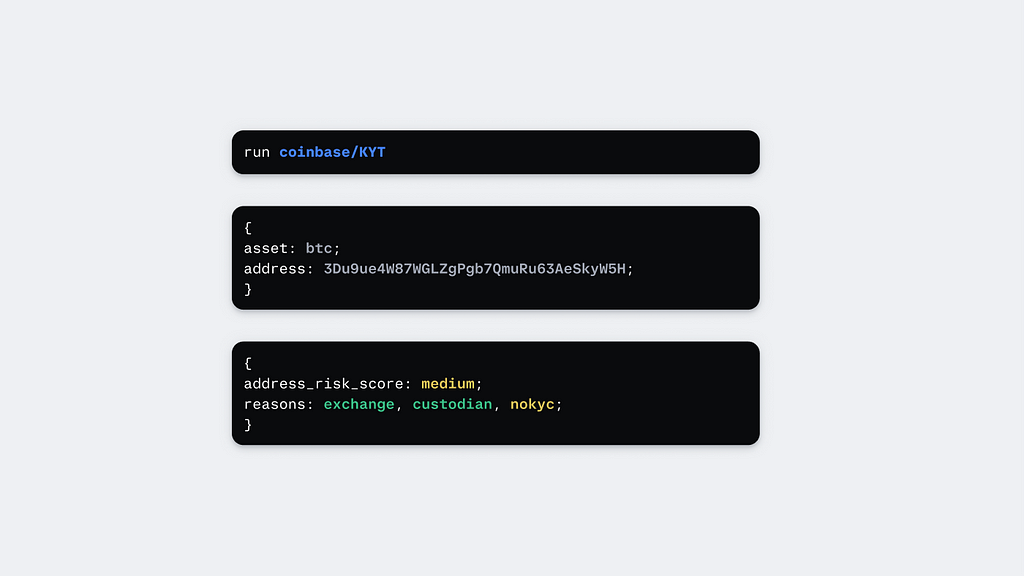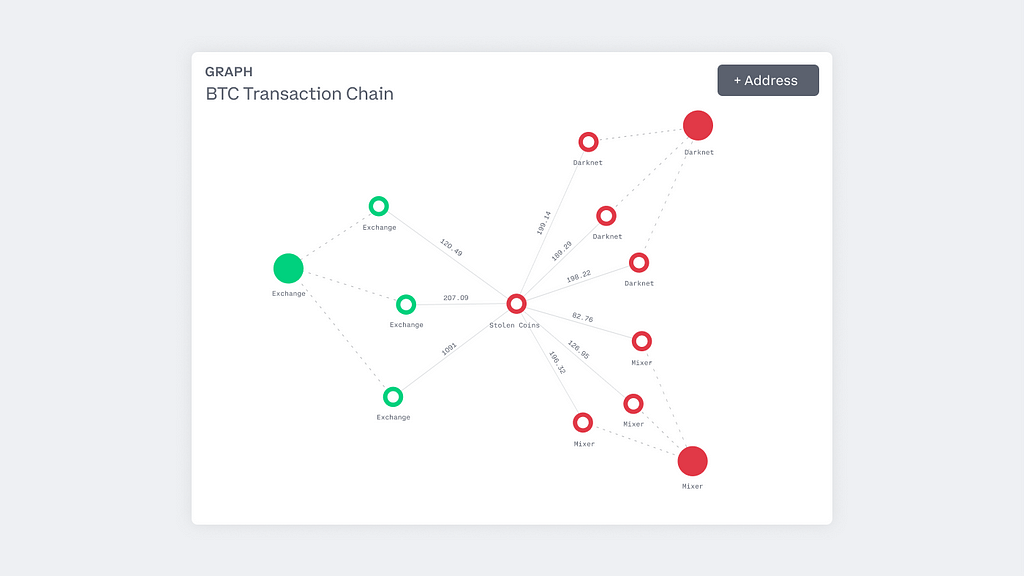Coinbase wins Best Digital Asset Custodian Award
By Elke Karskens, Head of EMEA Marketing
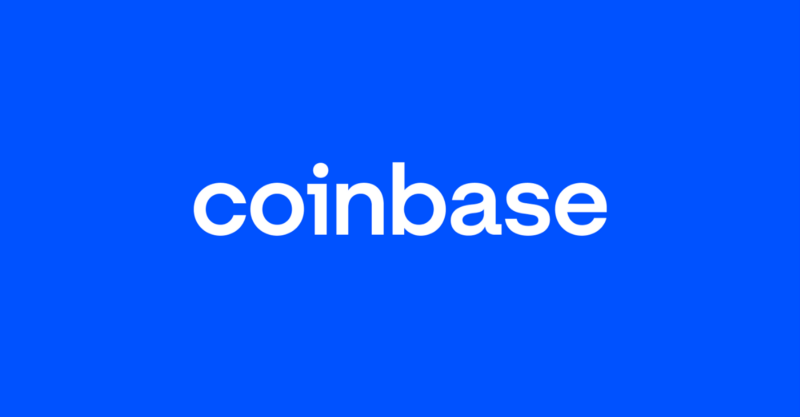
Awards season is in full swing across Europe, and this week we were delighted to win Best Digital Asset Custodian 2022 in HFM Europe Services’ annual awards. This success further underlines both our integral role within the cryptoeconomy, particularly in terms of further enabling institutional engagement, and also the incredible team that we’re building here at Coinbase.
Over the past three years we’ve seen widespread adoption of cryptocurrencies across the world, with total crypto market capitalisation increasing nearly three-fold from the end of 2020. Indeed, a recent study showed that nearly 1 in 4 US households own crypto. However, it isn’t just the public realising the potential of digital assets. There has also been significant adoption among institutions, and this accelerated in 2021 as a broader range of clients sought to engage with crypto. Alongside a broad range of pension funds and asset managers, we’re proud to have Anheuser-Busch, Brex, Enfusion and Franklin Templeton on the Coinbase institutional platform.
Enabling this access to the cryptoeconomy for a wider range of institutions aligns with our mission to create an open financial system for the world. Digital assets allow for greater efficiency in the financial sector and offer a transformational level of financial empowerment for everyday people and institutions alike. The cryptoeconomy is rapidly evolving and there’s a wealth of opportunities yet to be discovered.
In a broader sense, the increasing adoption of cryptocurrency by institutions illustrates how digital assets continue to permeate into mainstream business and finance. Digital assets are becoming a worldwide phenomenon with governments, companies and countries competing to establish themselves as leaders in the space. Coinbase lies at the heart of this, and we would like to take this opportunity to publicly thank the company’s entire institutional team for their hard work and dedication.
Looking ahead, we hope to continue our role as the leading digital asset custodian supporting institutions of all kinds in their engagement with the world of cryptocurrency.
We’re always looking for smart people to help us continue to build. If that sounds like you, check out our jobs page here.
Coinbase wins Best Digital Asset Custodian Award was originally published in The Coinbase Blog on Medium, where people are continuing the conversation by highlighting and responding to this story.


